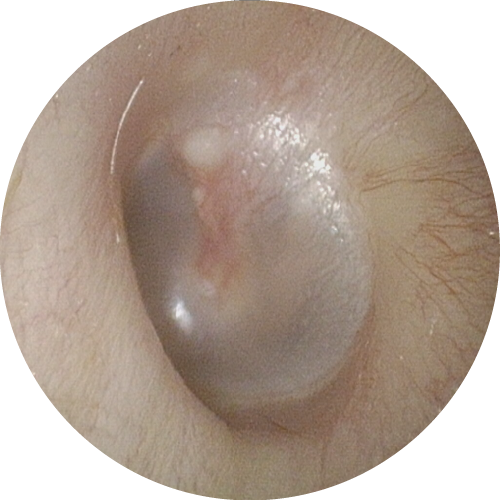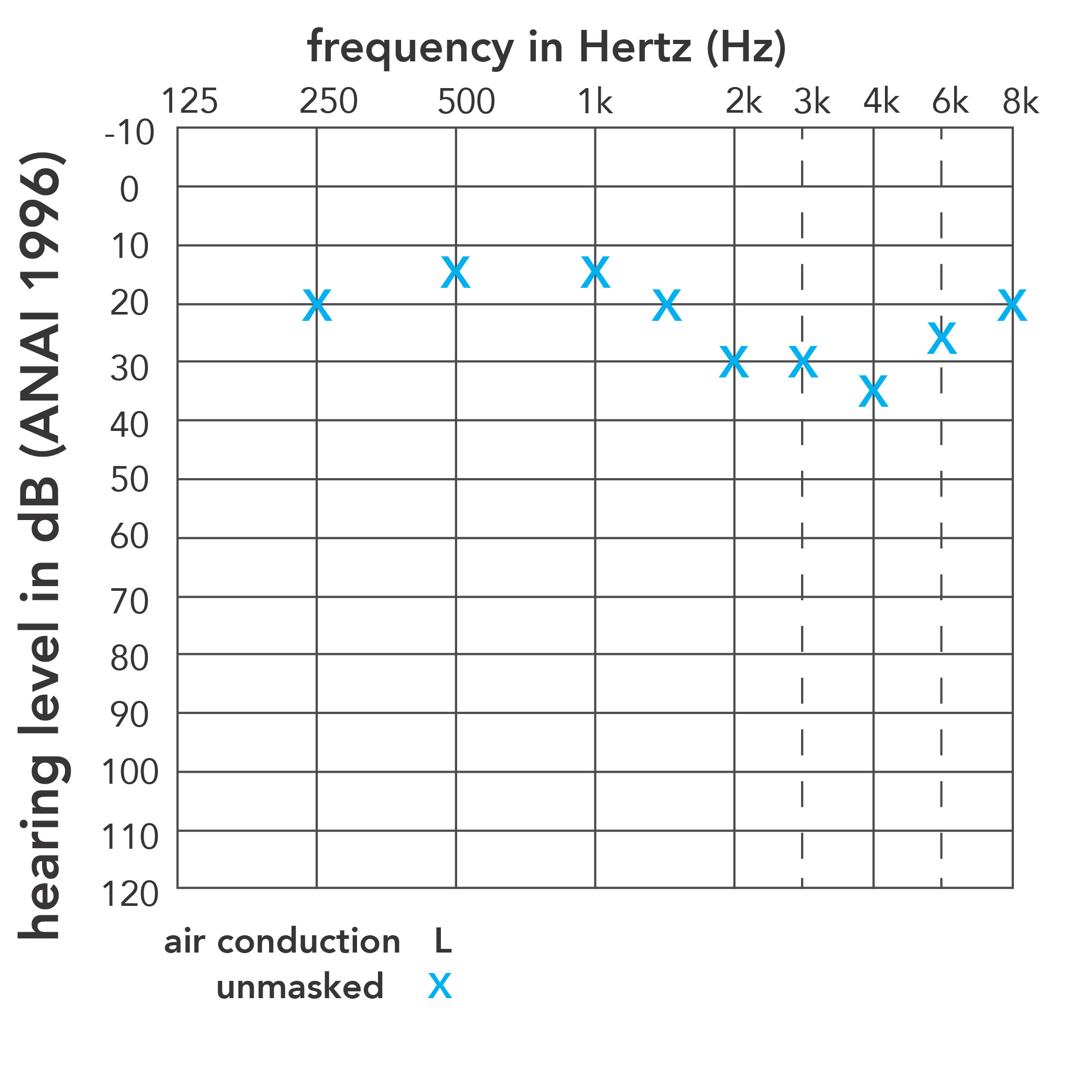Case I: normal ear (L) - coronal view
Case description
A 57-year-old male, with normal hearing in his left ear was selected as a healthy control for OCT/CT image fusion. Otoscopic examination of the left tympanic membrane (TM) showed it to be intact and healthy. In the otoscopic image, the malleus (M) is visible from the umbo (U) to the short process, and the incudostapedial joint (ISJ) can be seen posteriorly through the TM. The coronal CT image shows a broad external ear auditory canal (EAC) and an aerated middle ear space with intact scutum (Sc) and ossicles. The TM is not visible in the CT image due to its thinness and low radiopacity. The corresponding OCT image shows the TM and proximal surfaces of the cochlear promontory (CP), incus (I) and umbo (U).
.png)


.jpg)

/axial_FOV(25)/original/image_00000.jpg)
/sagittal_FOV(25)/original/image_00000.jpg)
.png)
/coronal_FOV(25)/original/image_00000.jpg)